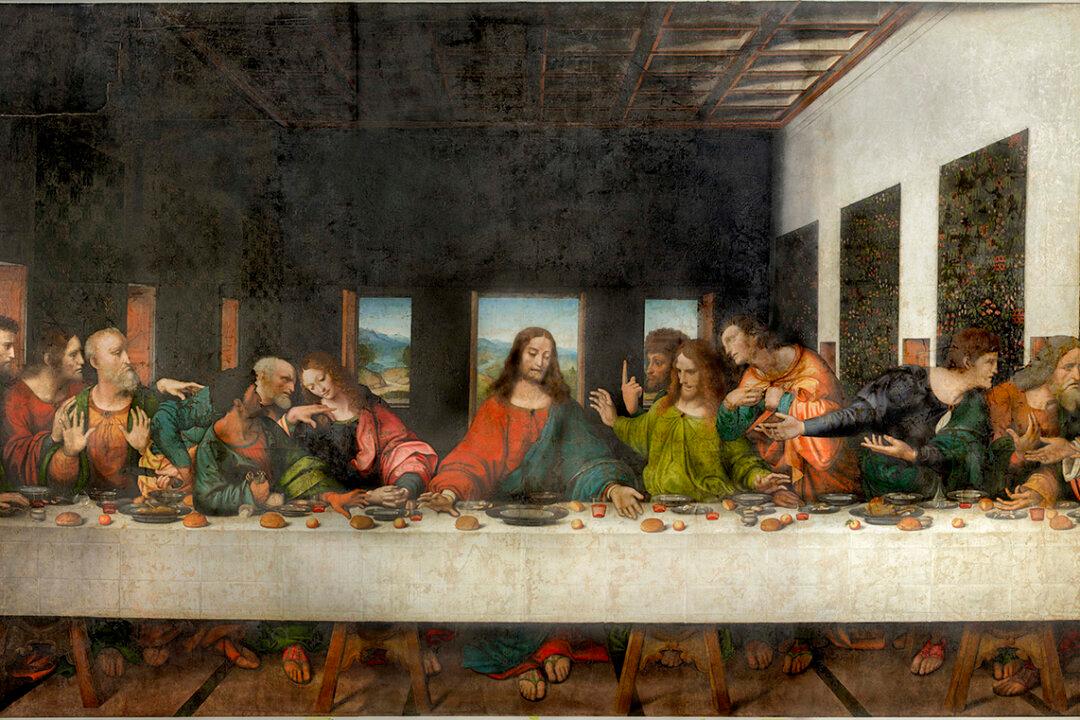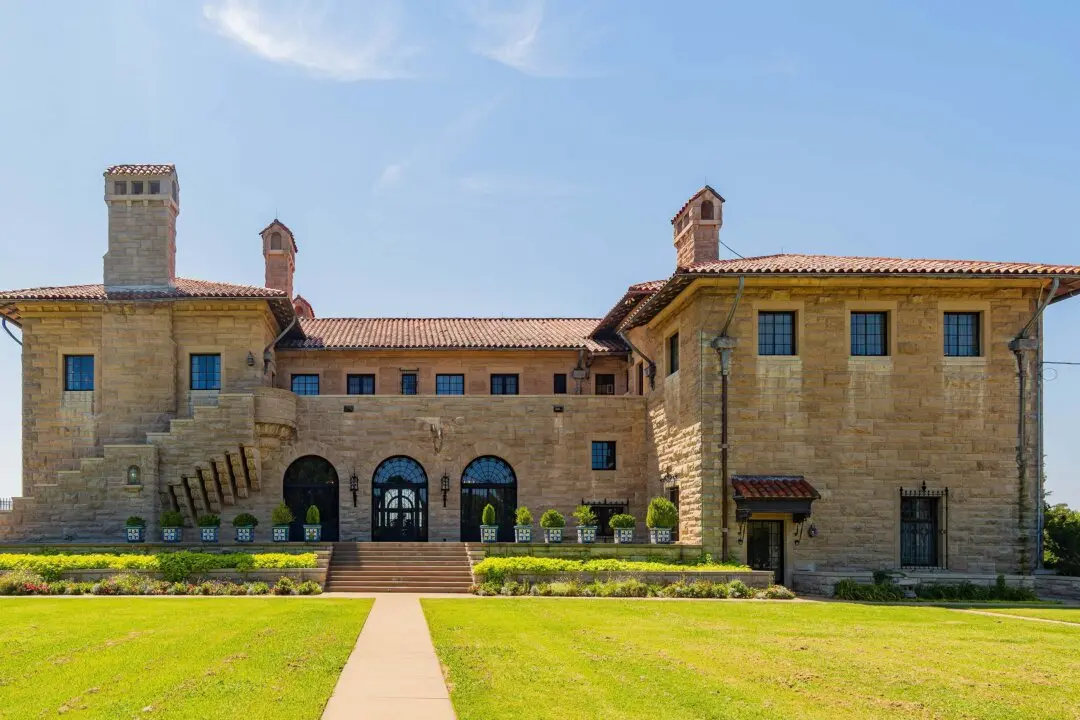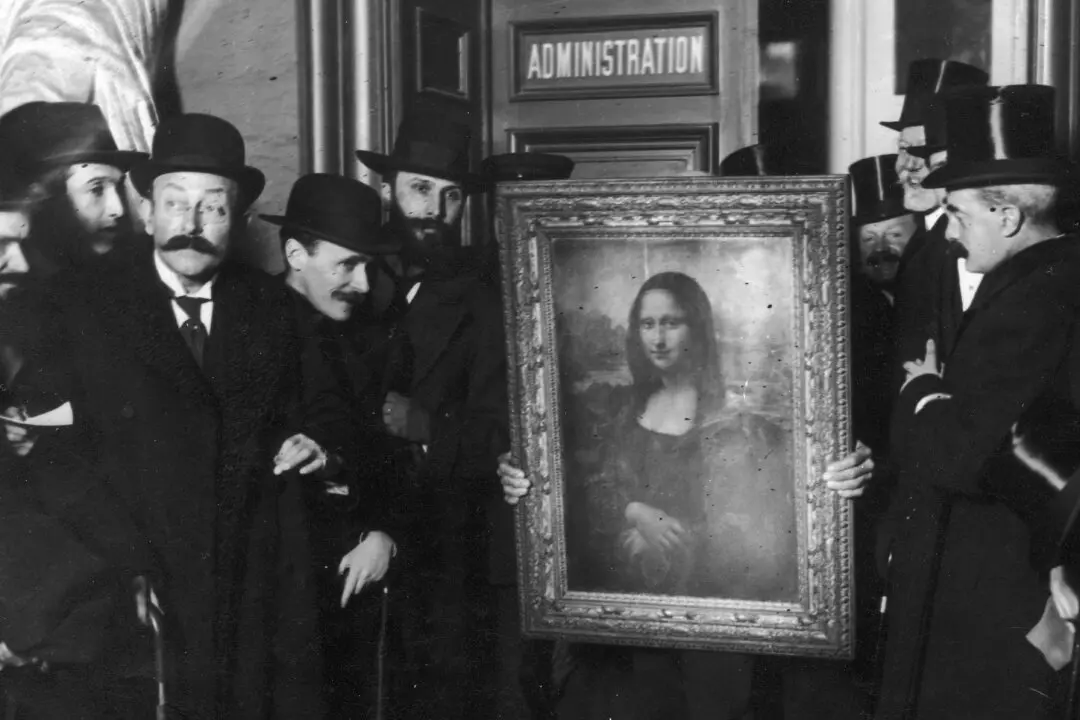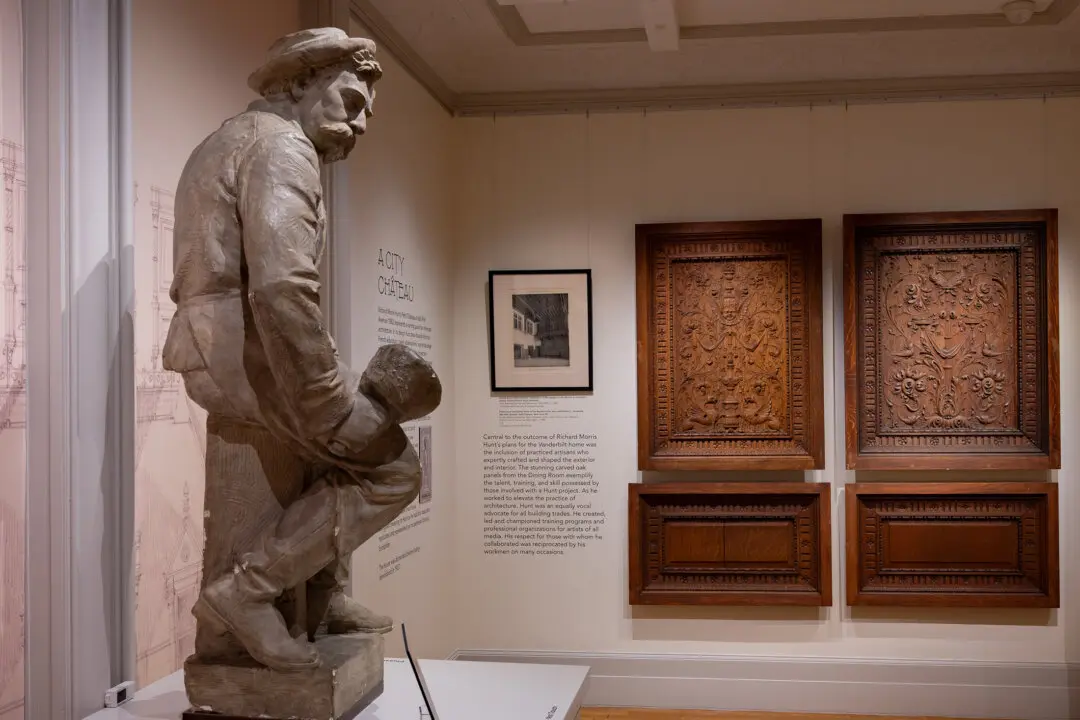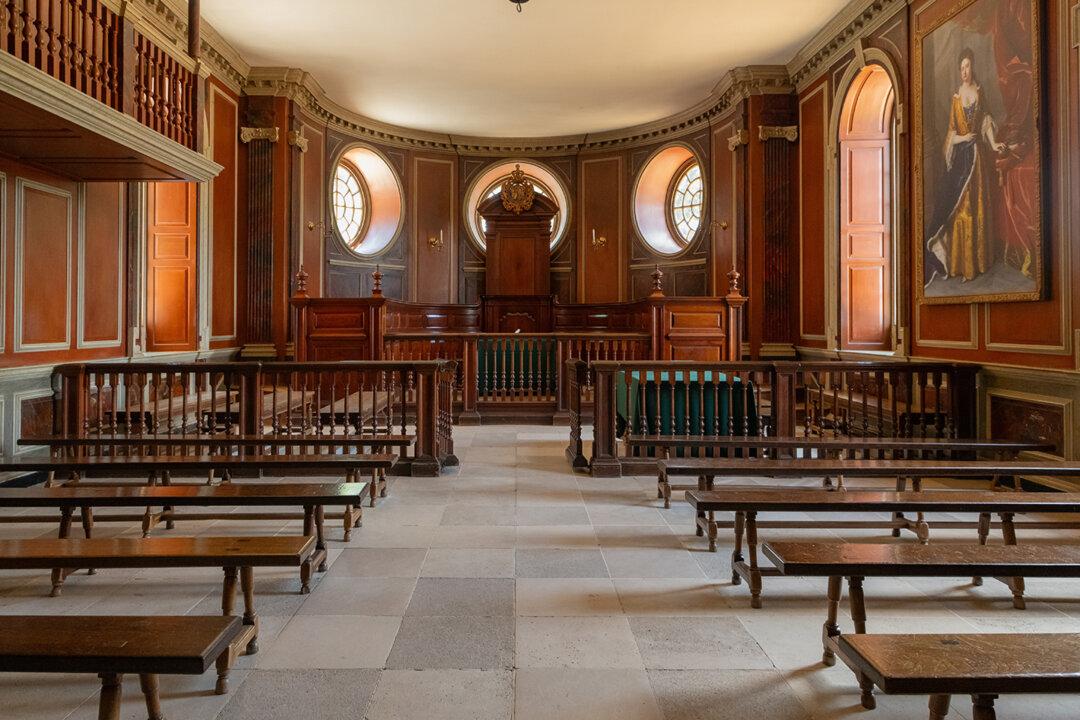Every year, thousands of art lovers flock to Santa Maria delle Grazie (Church of Holy Mary of Grace) in Milan, Italy, to view Leonardo da Vinci’s painting of “The Last Supper.” It is a huge mural, approximately 15 feet high and 29 feet wide. It is a rare privilege to gaze upon the work of such an important figure of the Renaissance. Sadly, only about 20 percent of Leonardo’s masterpiece remains. It is a wonder that the painting has survived at all, since it was painted in what was then a new and still relatively unstudied medium (oil mixed with tempera on a gypsum preparation) and ravaged by the effects of warfare and time. What must the mural have been like to gaze upon when Leonardo first painted it?
Actually, it is also a bit of a wonder how Leonardo became the brilliant artist and multigifted genius that he was. He was the son of a prominent legal notary named Messer Piero Fruosino di Antonio da Vinci and a peasant girl named Caterina di Meo Lippi. Piero could not marry the girl because of his place in society; hence Leonardo did not fully acquire his surname. He was called Leonardo di ser Piero da Vinci. (Da Vinci simply means “of Vinci,” the place of his birth.)

